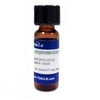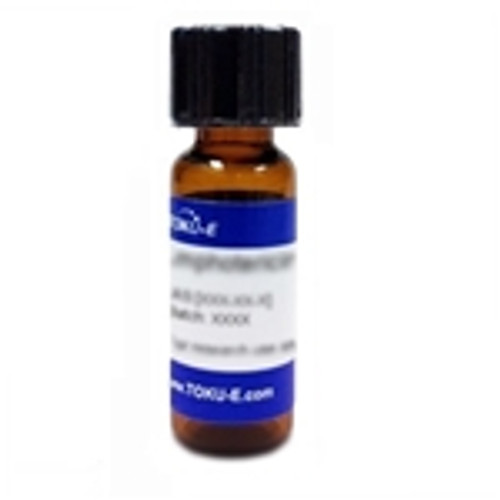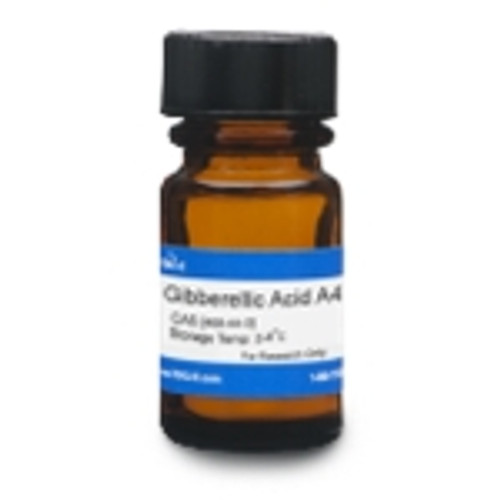Lepimectin A4 is a the major analog of a complex of semi-synthetic milbemycins synthesised from 15-hydroxy-5-
ketomilbemycin A3/A4 by coupling to methoxyiminophenylacetic acid and then reducing with sodium borohydride.
Commercially, Lepimectin is a mixture of Lepimectin A3 and A4, generically known as Lepimectin, with insecticidal, acaricidal and nematocidal properties. Analytical methods for the quantitation of the lepimectins have been published but there is a lack of data on the properties and biological potency of the individual analogs. Like other milbemycins, Lepimectin acts by opening glutamate-sensitive chloride channels. Lepimectin is marketed in Japan and Korea for use on fruit, vegetable and ornamental plants.
| Molecular Formula | C41H53NO10 |
| References | Jung-Ah Do JA et al (2013) Development and validation of an analytical method for the determination of lepimectin residues by HPLC-PDA. nalyt. Sci. Technol. 26:142 Kim S-W et al (2016) Residue level and dissipation pattern of lepimectin in shallots using high‐performance liquid chromatography coupled with photodiode array detection. Biomed. Chromatogr. 30:1835 Orita H and Takeshiba H. et al (2005) Toxic effect of some pesticides on adults and larvae of Aphidoletes aphidimyza (Rondani). Kyushu Byogaichu Kenkyukaiho 51:83 Takeshiba H. et al (1997) 13-substituted milbemycin derivatives, their preparation and their use. US Patent 5614470 |







